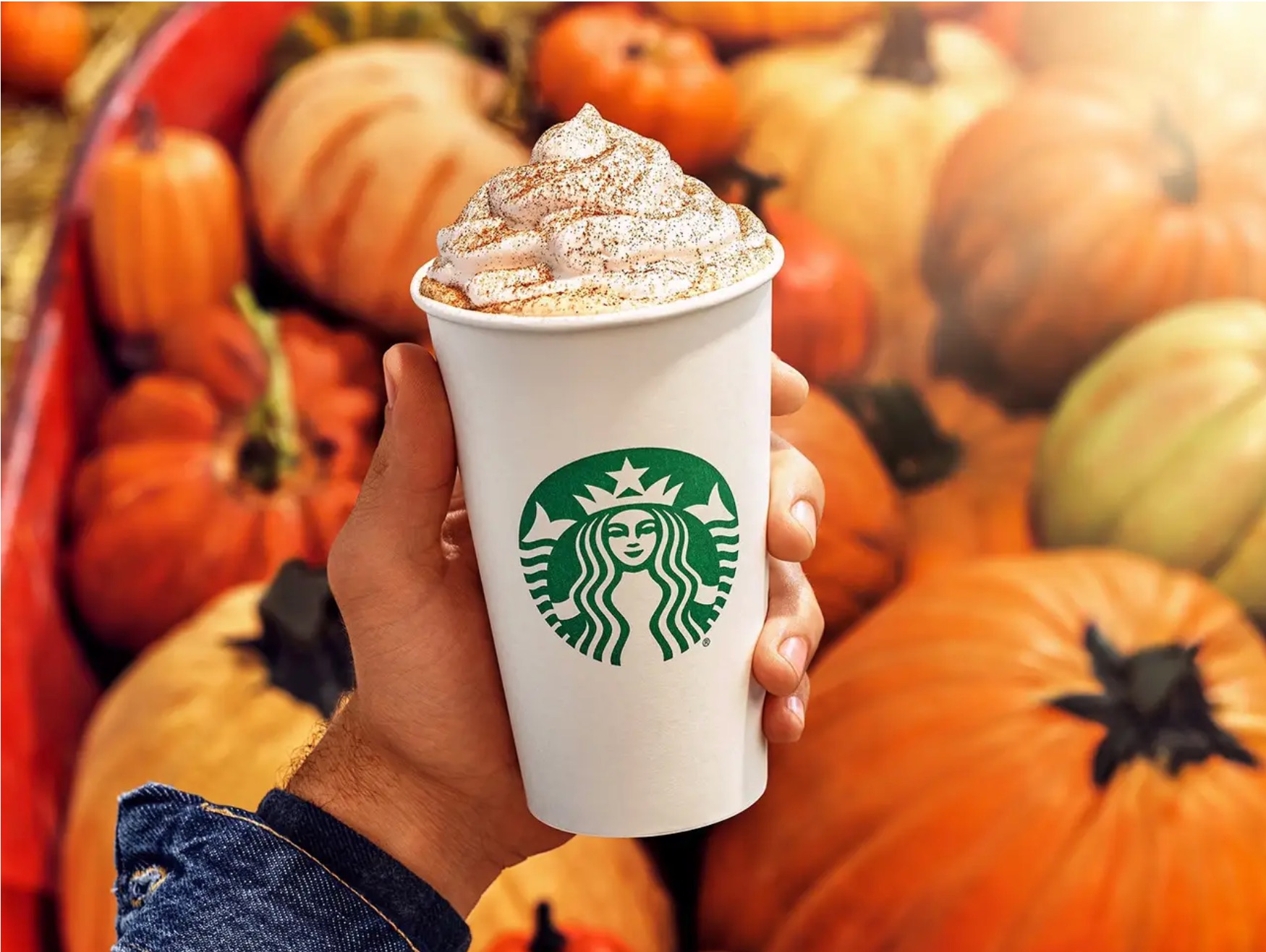Every year we spend close to half a billion dollars on pumpkin spice products.
Because economics explains our behavior, we can better understand pumpkin spice popularity.
Pumpkin Spice Popularity
During an NPR interview, a marketing scholar explained why pumpkin spice has been a fall favorite for approximately 20 years. He says it all began with the Great Pumpkin Spice Latte Craze of 2003 when a Starbucks R&D team had an aha moment. Eating pumpkin pie with espresso, they noticed the flavor combination had potential. Now, more than 600 million PSLs later, the story is history.
We also have pumpkin spice beer, pumpkin spice Oreos, and pumpkin spice ramen noodles. And when I heard about pumpkin scented trash bags, I wanted to quote the Reuters response: “Oh My Gourd!”
Pumpkin spice popularity is about more than taste. Marketing experts cite the nostalgia association. Also, it is an affordable luxury. And beyond that, it is available for a limited amount of time.
Our Bottom Line: Demand
PSL popularity relates to three economic concepts. We can start with the demand determinant that relates to complements. When two items are a pair, like peanut butter and jelly, then an increase in one nudges the demand for the other one. With a PSL, we can cite nostalgia as the PSL complement. Each one, the nostalgia and the PSL can push demand for the other upward. Next, affordability takes us to the law of demand. Inversely connected, as price goes down, the quantity we demand goes up.
However, I believe limited availability has the most power. Because we know all of the pumpkin spice products will soon depart, we enjoy them before we can weary of the taste or aroma. Called diminishing marginal utility, the more we consume of something like a cookie, the less extra pleasure we get from each new bite. But with pumpkin spice, the items are gone before diminishing marginal utility sets in.
I should add here that I never liked pumpkin spice.
My sources and more: Thanks to NPR for its pumpkin spice insights. Then, from there, Reuters and CNBC had a few more facts.






